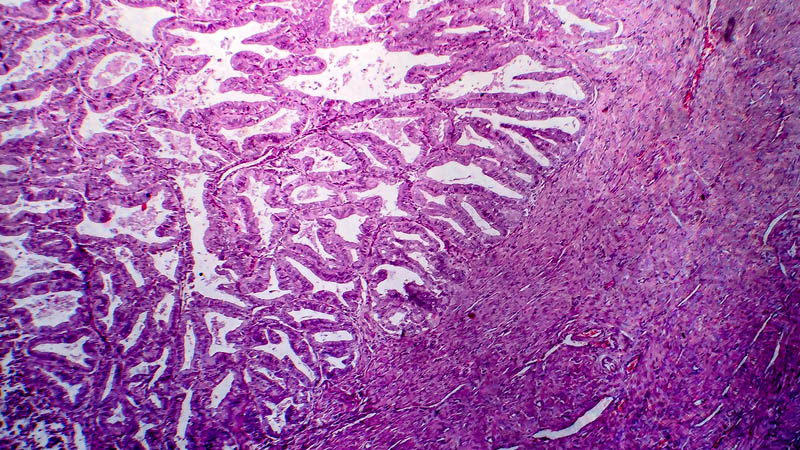Prevention of uterine cervix adenocarcinoma: a review
Janina Markowska1, Mariusz Bidziński2, Anna Markowska3
 Affiliacja i adres do korespondencji
Affiliacja i adres do korespondencjiCervix adenocarcinoma accounts for 7-8% of all uterine cervix cancers. Most often it affects women under 50. As has been demonstrated, its development is associated with persistent infection by types 16, 18, 45 and 31 of human papilloma virus. Precursor (precancerous) lesion develops in the transitional area in the form of adenocarcinoma in situ (AIS), then infiltrates the cervical canal and after 5-12 years progresses to invasive cancer. Cytological study is much less sensitive in the detection of adenocarcinoma and colposcopic examination – less useful. Inferior sensitivity of cytological studies is caused by incorrect technique of harvesting exfoliated cells (e.g. from vaginal portion only, omitting the cervical canal), or by use of a cotton-swab instead of a special plastic brush (Cervex-Brush). Prognosis in cervical adenocarcinoma is worse than in planoepithelial cancer (even if detected at the same clinical stage), particularly if associated with persistent infection by HPV type 18. Vaccinations against this type of cancer (Cervarix and Silgard) play a significant role in the prevention of this condition, which is notoriously difficult to detect.









